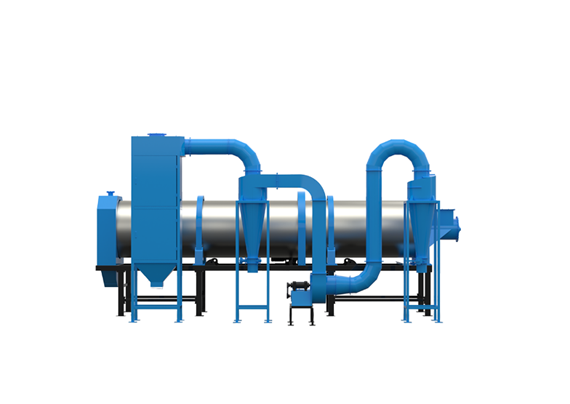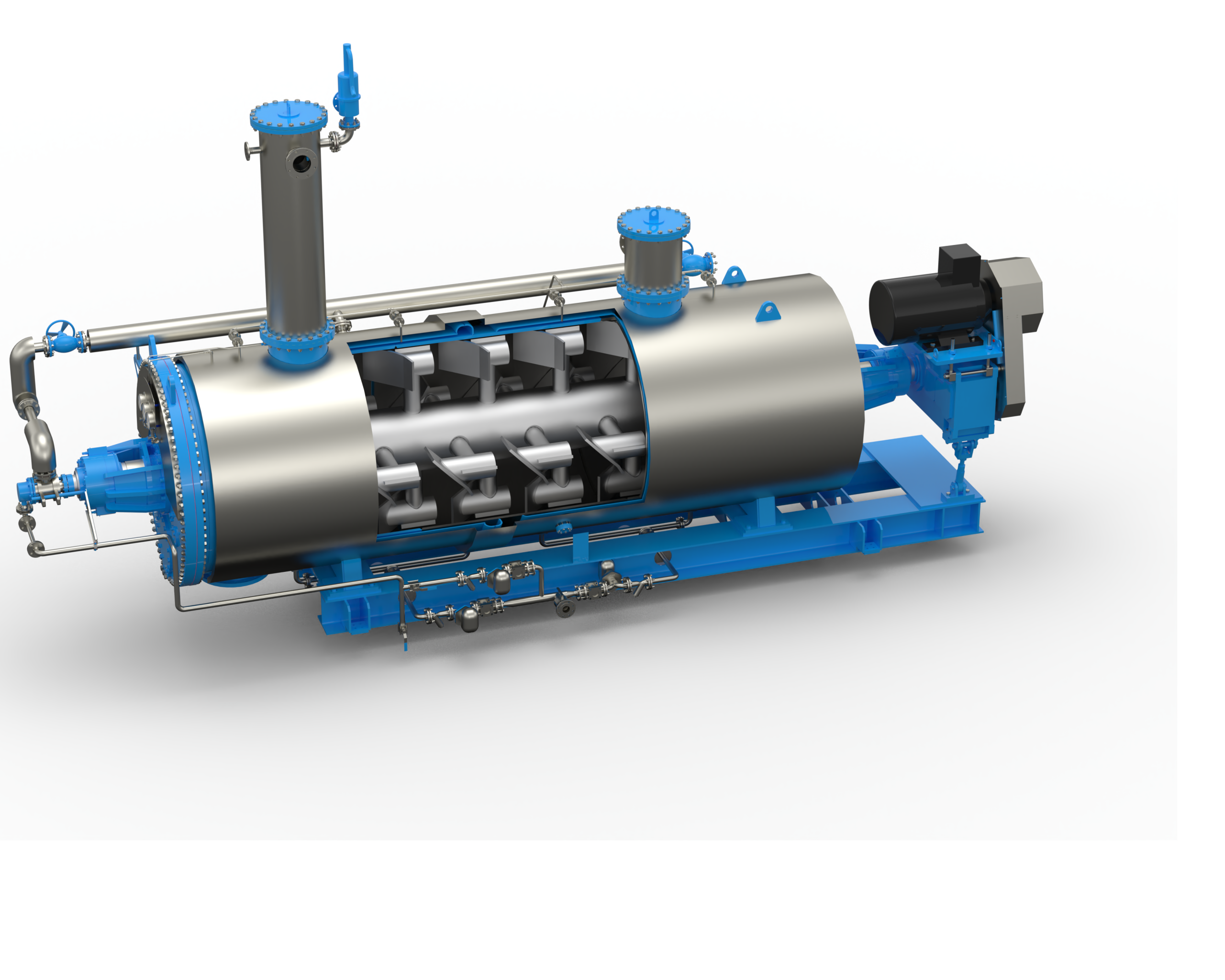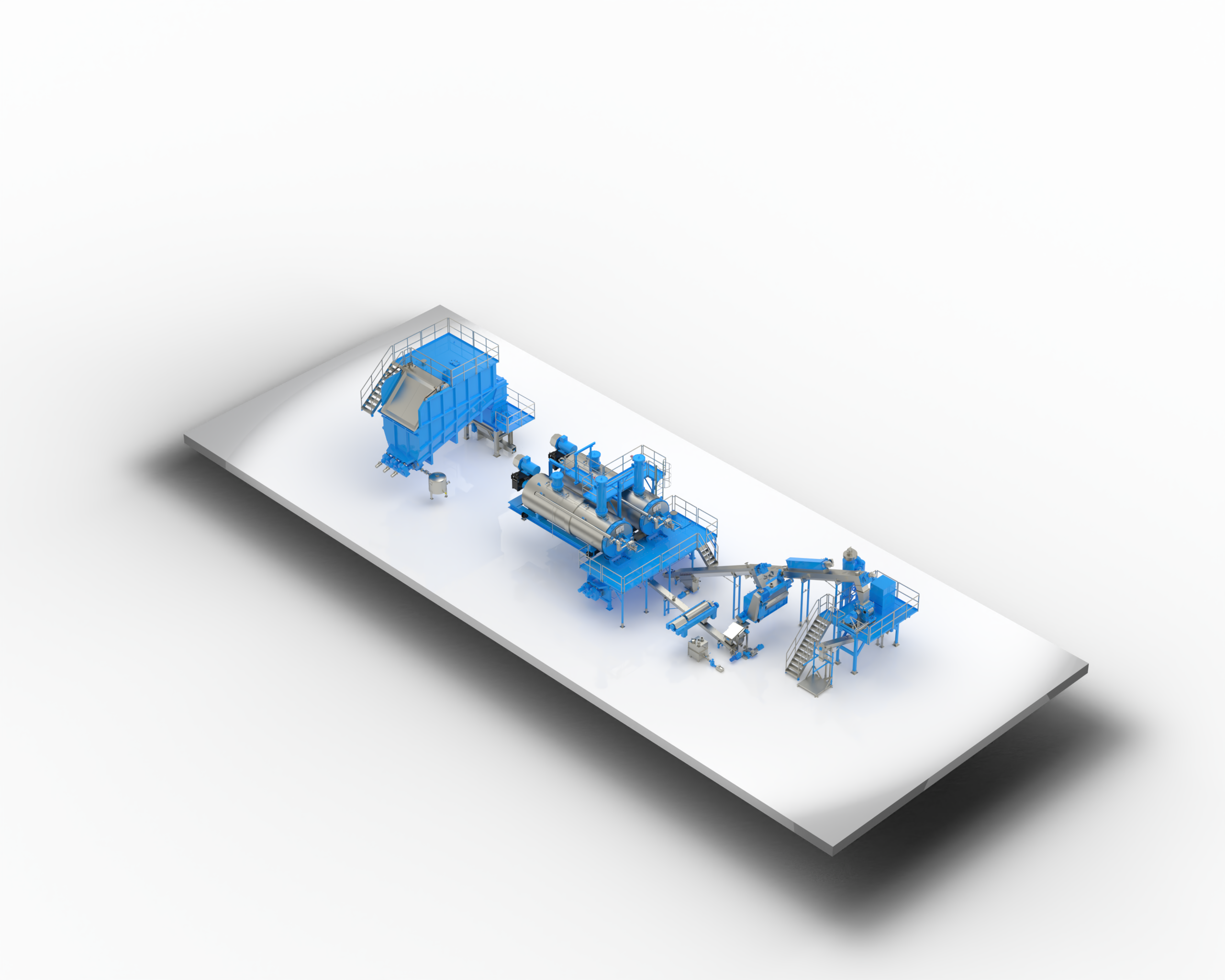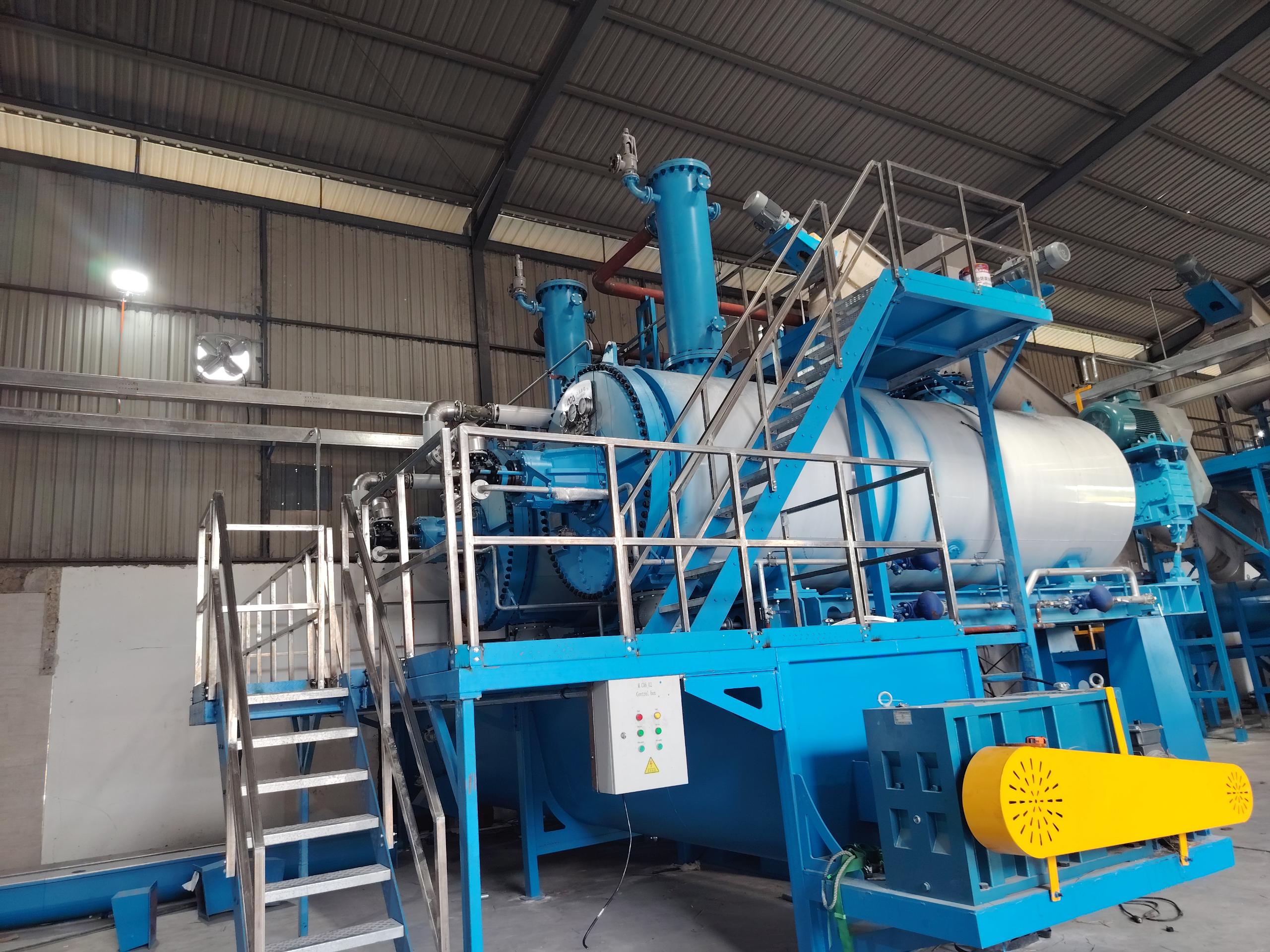
What does a rendering plant do? Unveiling the Fascinating World of Animal By-Product Recycling
What does a rendering plant do? Unveiling the Fascinating World of Animal By-Product Recycling
Unveiling the Mysteries: What does a rendering plant do?
Have you ever thought about what happens to the byproducts of the meat and dairy industries? Although most of us know that animals are reared and killed for food production, what happens to the portions of the animal that are not used for food? Rendering plants are useful in situations like this. Facilities with a focus on the recycling of animal byproducts are known as rendering plants. Animal byproducts must be processed by these factories in order to be turned into different usable components. In order to better understand how rendering plants function, we will examine what does a rendering plant do? In this blog article.
The most ecologically friendly method of handling biowaste is rendering. A high-value product utilised in industry and energy production is created from recycled perishable waste produced by agriculture, meat processing, the food business, and the catering sector; about as many different types of raw materials may be rendered as there are applications for rendered products. Rendering products can be found in commonplace products, including crayons, soap, cosmetics, candles, medicines, paints, varnishes, lubricants, cleansers, fragrances, and fertilizers.
Additionally, they are employed in fish and animal farms as well as pet food. The primary component of biofuel, aiding in the greening of the transportation sector, is another rendered product utilised in the generation of energy.
Renewal, Not Disposal:
In contrast to other disposal options like landfills, composting, and incineration, which are all problematic in terms of leaching, pollution, infection, poisoning, and contamination, rendering offers a sustainable technique to treat huge volumes of animal by-products (ABM). This beneficial cycle is clean and secure, and the rendering sector is highly advanced and strictly controlled.
What is a rendering plant’s process?
- In essence, rendering is the process of separating the components of water, fat, and protein. There are several different rendering methods. The material can be processed either wet or dry; in wet processing, the material is heated to separate out the fat, while in dry processing, the raw material is dried to release the fat. Another variable is the temperature range, with some systems operating at high temperatures and others at low temperatures. Last but not least, whereas some facilities produce materials in batches, others operate on a continuous cycle.
- Regardless of how the facility runs, the rendering process fundamentally entails the removal of impurities (such as metal), cutting, grinding the material to a consistent size, and feeding it through a cooker that separates the fat from the protein and bone. After that, the resultant slurry is divided into solid fats and liquid fats. Separation can be accomplished by decanting, centrifuging, or settling. The substance is refined further throughout future processing cycles by removing contaminants and clarifying products. Gases and water vapour are continuously evacuated, filtered, or neutralized during the process.
- Animal by-products are converted into useful commodities in rendering factories. The process of turning animal byproducts into useful goods depends on the rendering machine. The material is ground up in the grinder before being boiled and filtered to yield the appropriate end products, including glycerine, fats, and tallow. Batch boilers and continuous cookers are the two pieces of equipment that render fat in rendering factories. In a single session, a batch boiler processes enormous amounts of fat. On the other hand, the continuous cooker operates on a much smaller scale while producing consistently excellent results.

Why Use a Machine at a Rendering Plant?
Utilize the ability to render to create computer-generated representations of ideas that inspire astonishment and enthusiasm. Architects and engineers value this method because it allows them to see the design in real life before it is implemented. Rendering makes it feasible to see a design without having to build it, saving time. This procedure may be used to advertise goods, services, and other things. Additionally, it helps clients to picture their idea outside of the building. Due to the versatility of the equipment and its capabilities compared to camera photographs, using a rendering machine is a highly beneficial experience.
- It offers the chance to create visuals that transcend customary limitations. It implies that you can produce realistic-looking, high-quality photographs. With the correct tools, you may create limitless graphics to meet the demands of your projects. You may access a variety of photographs on any device.
- It is crucial to take into account a machine’s capability to generate graphics in a variety of colours and textures while choosing the right one. By creating eye-catching graphics, make sure your design is aesthetically appealing to your target audience. Create realistic-looking illustrations that will wow your viewers.
- This guarantees that your final product will appear genuine. Problems with Using a Rendering Plant Machine While rendering machines may create realistic and helpful visuals; they can also be expensive. When purchasing a machine, it’s crucial to make the appropriate decision.
- Price, available support resources, and frequency of use must all be considered because they influence your choice. In order to achieve exceptional effects, you may require extra tools or equipment. Without giving a purchase significant thought, research may be pricey.
Conclusion:
The management of animal waste and byproducts is vital, and rendering factories offer a productive and environmentally friendly way to dispose of them. In this thorough examination, we dig into the activities, what does a rendering plant do and procedures that take place at rendering factories and discuss their importance and environmental effects. To become a reputable company in the market, SunRise is dedicated to helping customers grow alongside it. It continuously updates its business ideas and development strategies, assists clients in achieving long-term goals in the face of market competition, and creates development plans for the future.



